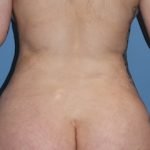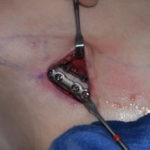Managing Postoperative Buttock Implant Incision Dehiscences
Buttock implants have had an increasing role in buttock augmentation due to the popularity of Brazilian Butt Lift (BBL) surgery. It has greater awareness of surgical buttock augmentation. But when the results from fat grafting are inadequate or one does not have enough fat to harvest, implants are the remaining buttock enhancement option. While buttock Read More…


